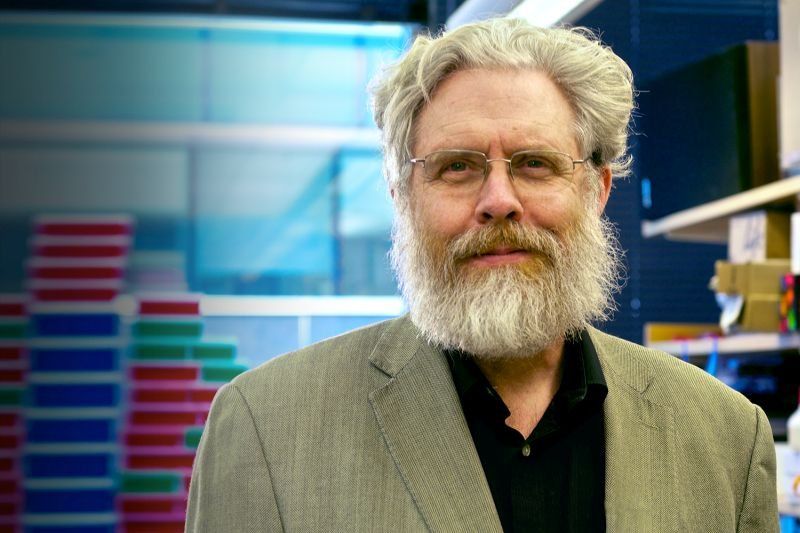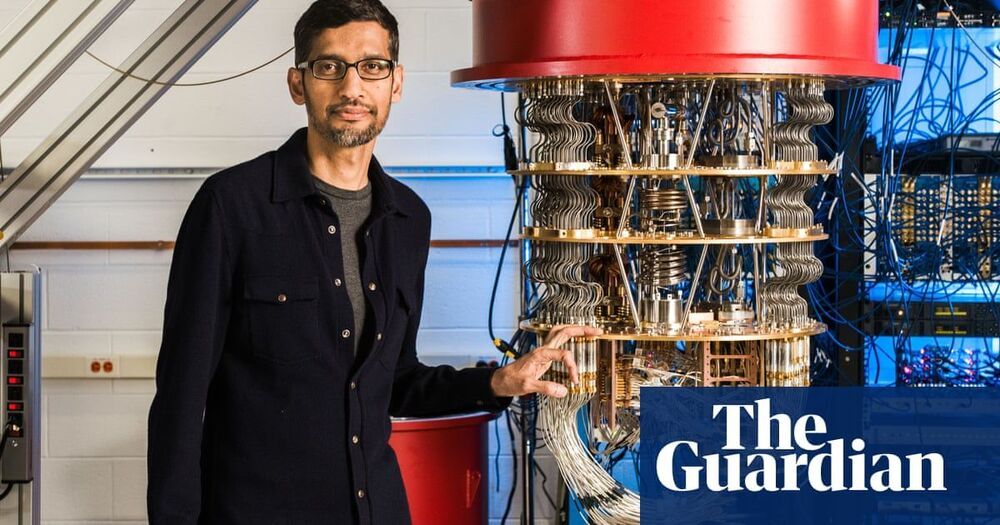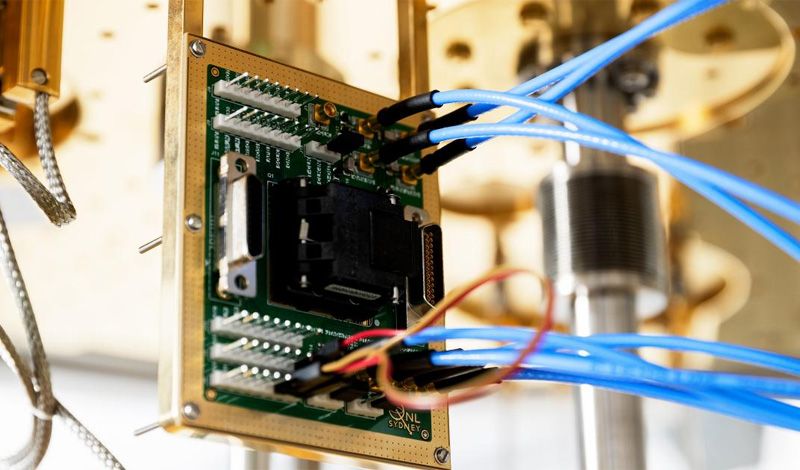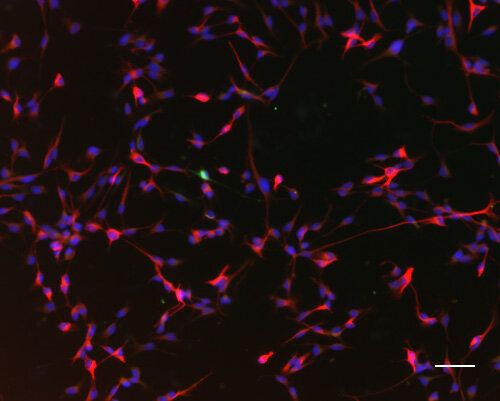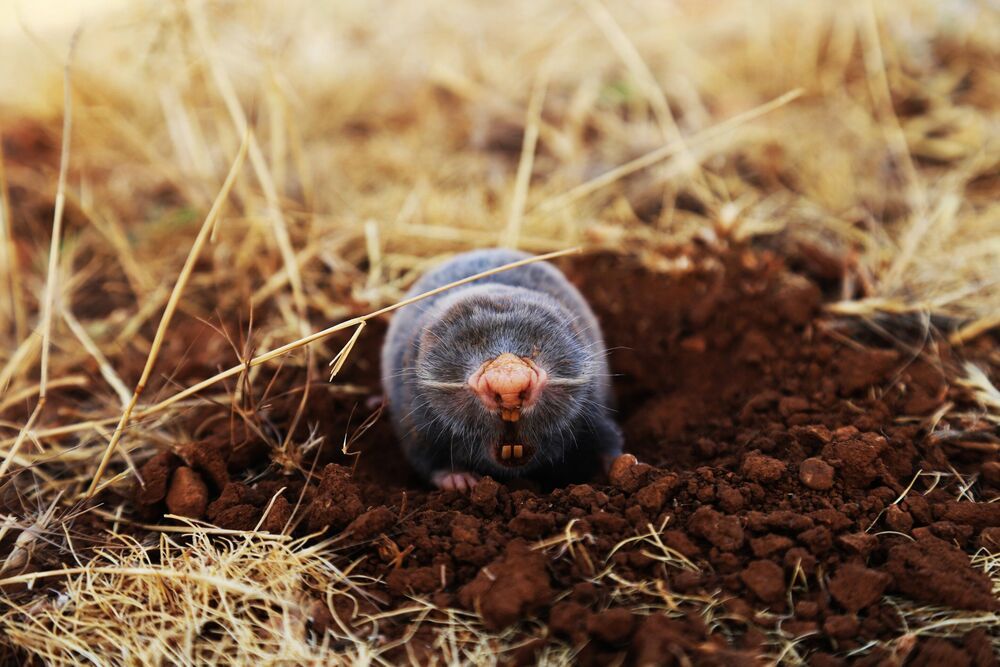The adeno-associated viruses often used as vectors to deliver gene therapy can trigger unwanted and sometimes dangerous immune responses. Now, a Harvard University team led by renowned geneticist George Church, Ph.D., has developed a way to “cloak” AAVs from immune surveillance. They’ve spun off Ally Therapeutics to develop it.
